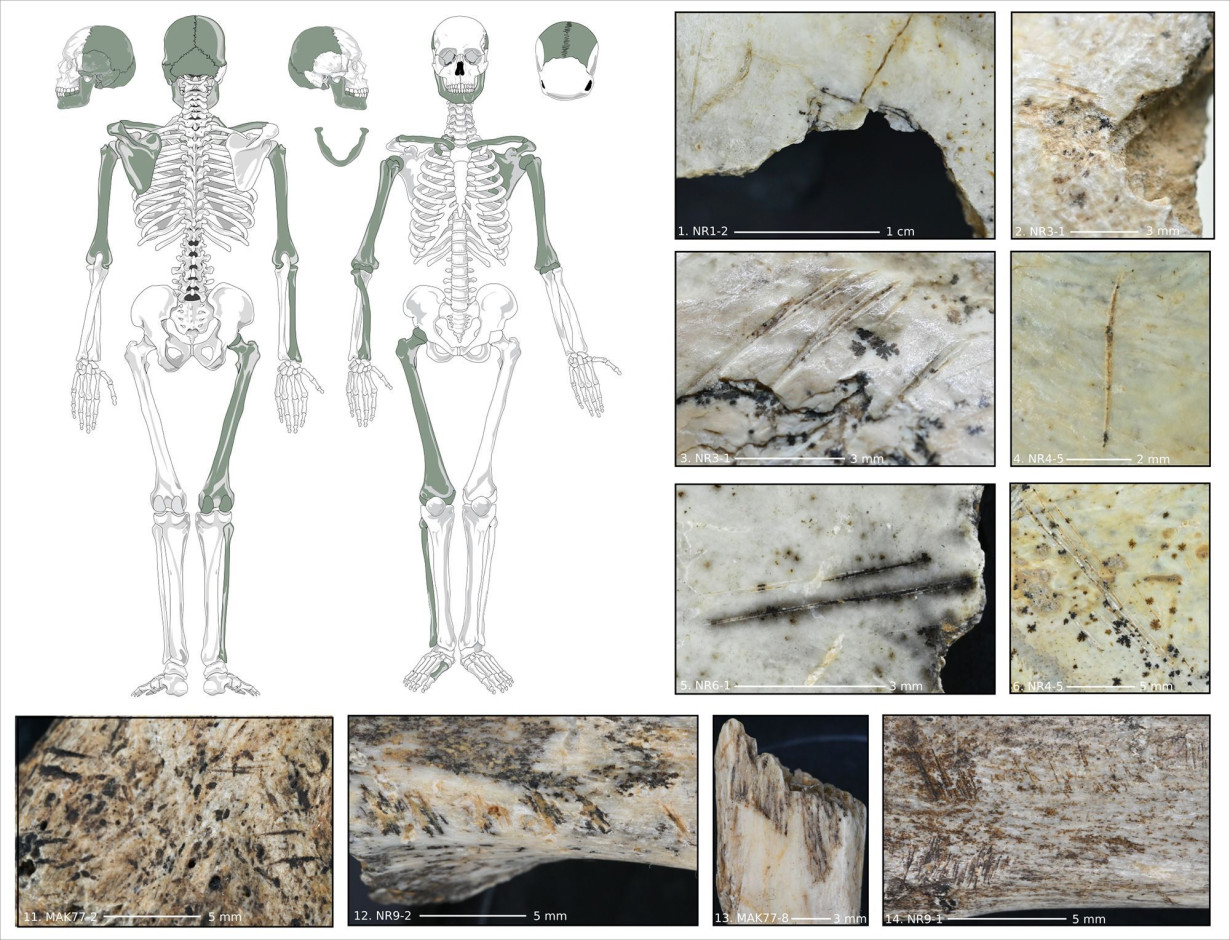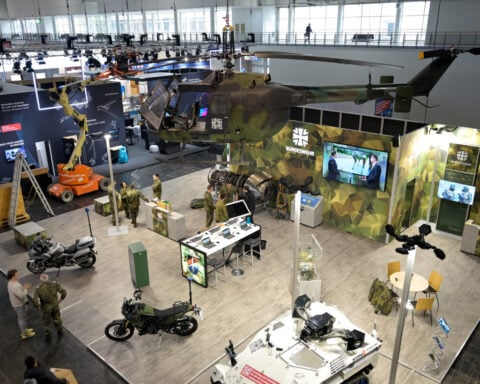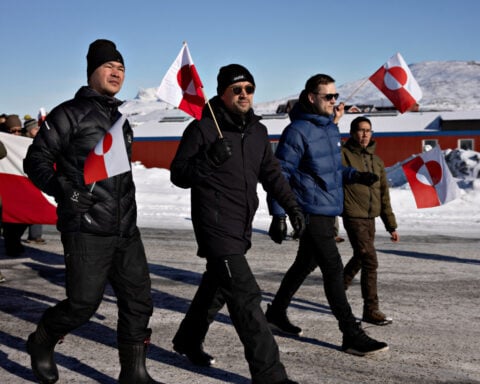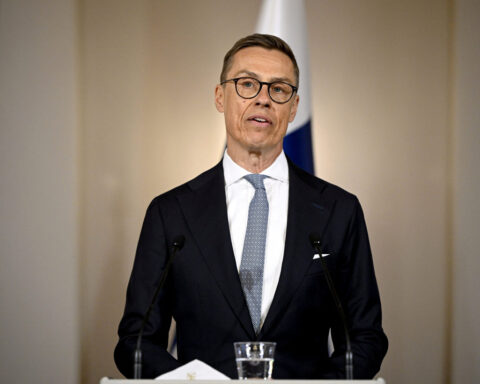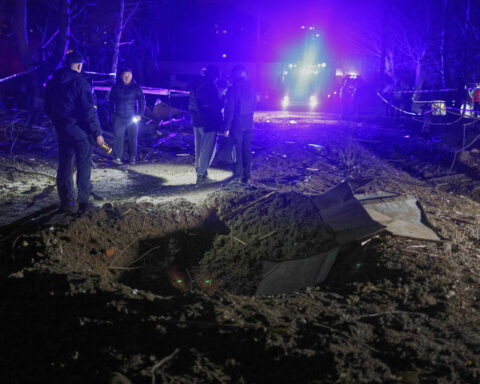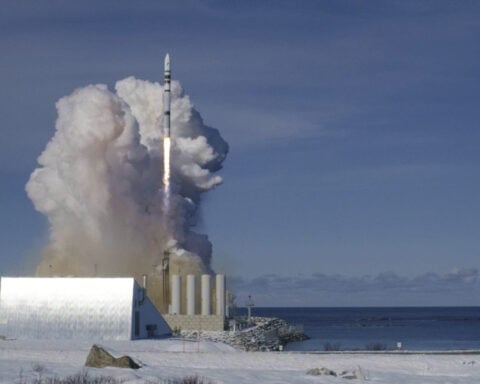(CNN) — Ancient humans living in Europe may have scooped out the brains of their dead enemies and eaten them, a new study suggests.
In the study, published last week in the journal Scientific Reports, researchers examined the bones of at least 10 people from the Magdalenian culture who lived in Europe 11,000–17,000 years ago.
Using imaging techniques, the team of researchers from institutes in France, Spain and Poland identified types of marks and cuts “associated with the removal of the marrow in the long bones and the brain in the skulls.”
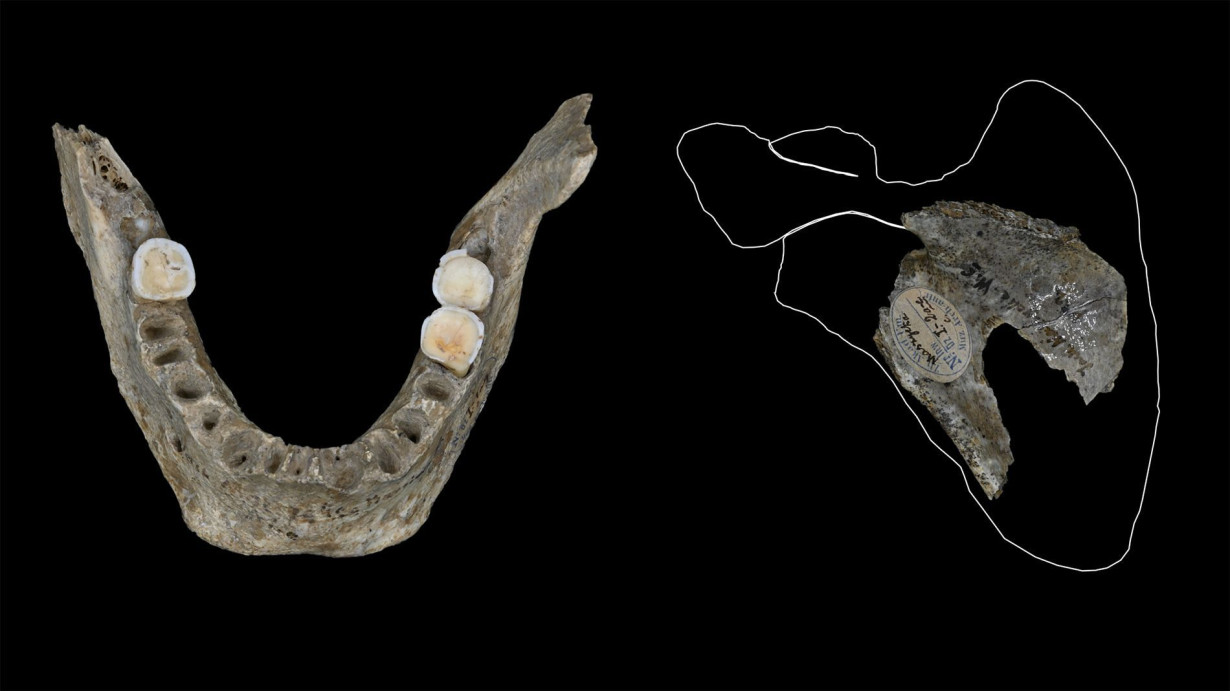
Multiple other studies have shown that cannibalism was relatively common among Magdalenian people, both as a funerary rite and as a form of violence.
But this specific instance “was a case of warfare,” Francesc Marginedas, the co-lead author of the study, argues, because there was “no kind of special treatment compared to other Magdalenian sites,” nor the presence of skull cups, “which is related to the ritualization of the bodies.”
Marginedas, an archaeologist at the Catalan Institute of Human Paleoecology and Social Evolution in Spain, was part of a team studying the bones deposited in Maszycka Cave, near Kraków, Poland – a well-known prehistoric site that has been extensively studied for decades.
During that time, different theories have emerged to explain why the ancient Magdalenians cut open the skulls of dead bodies.
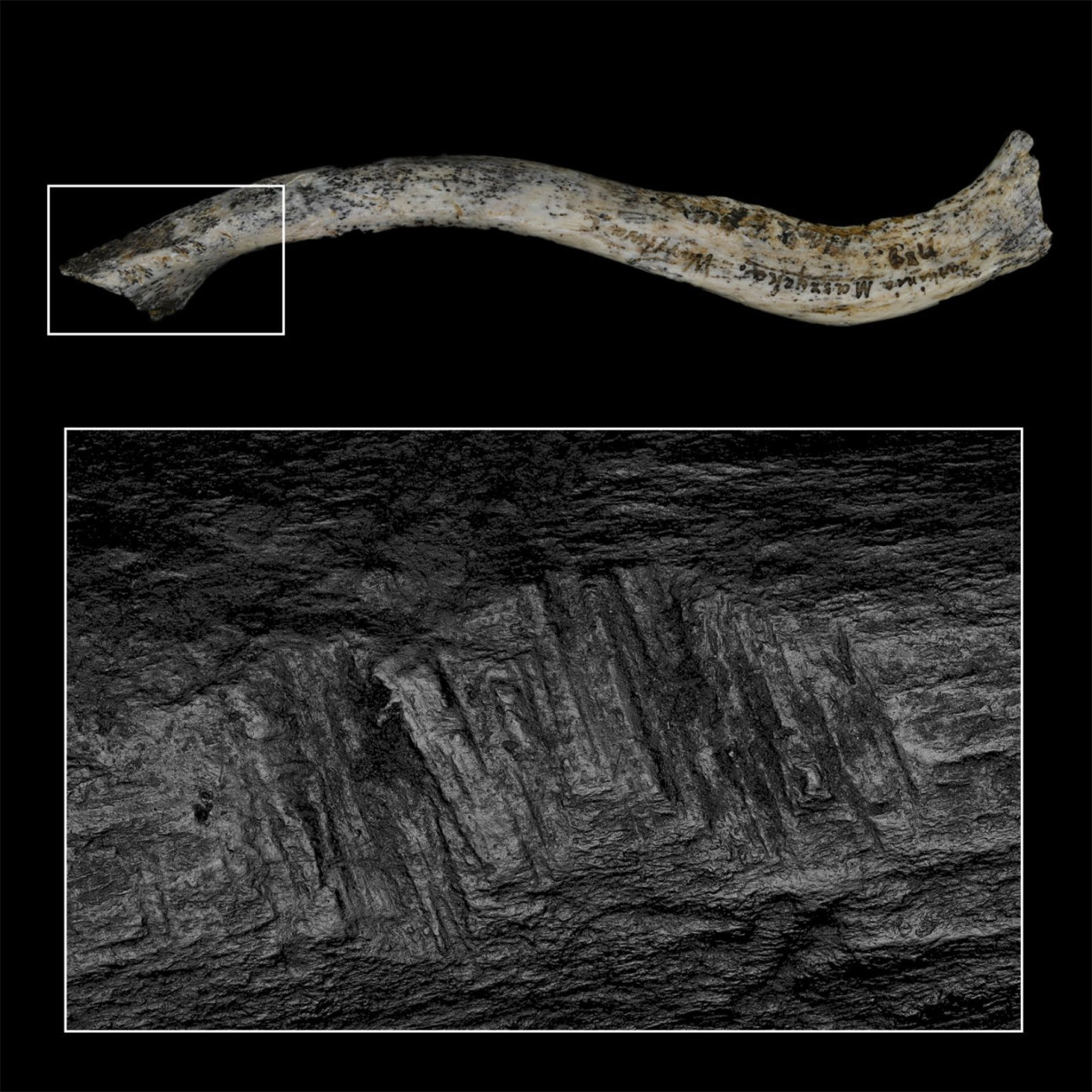
While a study in the 1990s concluded that these ancient humans consumed the brains of their enemies, later studies highlighted a lack of human tooth marks on the skulls, undermining the cannibalism hypothesis.
For Marginedas, however, all the evidence “makes us think that it’s something more related to violence and conflict rather than a funeral ritual,” he told CNN on Tuesday.
He and his team used electron microscopes to study the bones, identifying marks and cuts on 68% of them and demonstrating that they were made by humans rather than by natural processes.
The bones belonged to at least 10 individuals – six adults and four juveniles – who may have been related to each other, Marginedas said, adding that further DNA analysis is needed to confirm that.
Since they died so long ago, “it’s very difficult to say 100% that it’s a case of
warfare cannibalism,” he said.
“During the taphonomic analysis (study of the processes undergone by organic matter after death) of the surface of the whole bones to find any kind of marks that can tell us some story about what happened, we identified that … the bones from the arms and the legs, they were butchered and broken … to extract and consume the marrow.”
Bill Schutt, a zoologist and author of “Cannibalism: A Perfectly Natural History,” who was not involved in the study, told CNN that “this is a very well-written paper” and “a really good study.”
He cautioned, however, against reaching definitive conclusions that this is an example of cannibalism.
“There are alternative answers to this question of what happened back then,” he said, explaining that we don’t know enough about the Magdalenian inhabitants of this particular cave to say that they were cannibals.
“Who knows what these people were doing? Did they believe it was respectful to smash up the skulls of the dead or deflesh them?” said Schutt. “There are cultures where bodies are defleshed as part of funerary rites.”
The-CNN-Wire
™ & © 2025 Cable News Network, Inc., a Warner Bros. Discovery Company. All rights reserved.

 Trump has begun another trade war. Here's a timeline of how we got here
Trump has begun another trade war. Here's a timeline of how we got here
 Canada's leader laments lost friendship with US in town that sheltered stranded Americans after 9/11
Canada's leader laments lost friendship with US in town that sheltered stranded Americans after 9/11
 Chinese EV giant BYD's fourth-quarter profit leaps 73%
Chinese EV giant BYD's fourth-quarter profit leaps 73%
 You're an American in another land? Prepare to talk about the why and how of Trump 2.0
You're an American in another land? Prepare to talk about the why and how of Trump 2.0
 Chalk talk: Star power, top teams and No. 5 seeds headline the women's March Madness Sweet 16
Chalk talk: Star power, top teams and No. 5 seeds headline the women's March Madness Sweet 16
 Purdue returns to Sweet 16 with 76-62 win over McNeese in March Madness
Purdue returns to Sweet 16 with 76-62 win over McNeese in March Madness
